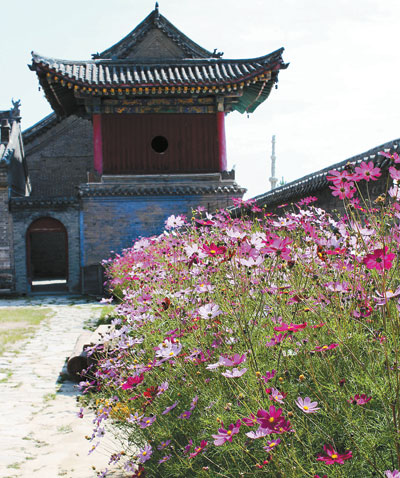
James Baquet jamesbaquet@gmail.com LAST time we talked a little about Bodhidharma, first patriarch of chan (zen) in China, and 28th from the beginnings in India. And we mentioned that that tradition began in India with Mahakashyapa. He was an elder disciple of the Buddha, whose claim to the dhyana/chan/zen lineage rests on a story about something called the “Flower Sermon.” It’s said that the Buddha, without speaking, held up a flower. Mahakashyapa was the only one to indicate that he understood the message. And what was that? It was the truth that nothing has its own beingness. If you take a flower apart into the petals, stem, and so on, where is its flowerness? And this is the realization that chan is working toward: that nothing exists on its own, everything is interconnected, and this thing I call “me” is just a temporary aggregation of parts. Easy to “explain,” hard to understand! This is why we often see figures of Mahakashyapa standing on one side of the Buddha in temples’ main halls. He represents the “esoteric” teaching of Buddhism, as Ananda, the young man on the Buddha’s other side, stands for the “exoteric” or outward teachings presented in the sutras. To be honest, the records of the lineage from Mahakashyapa to Bodhidharma are a little shaky. Even the traditions regarding the first through sixth patriachs (Huineng) within China have been disputed. But a good zen teacher would say that none of that is really important: it’s external. What matters is the transmission of the techniques for realizing the truth oneself. | 
